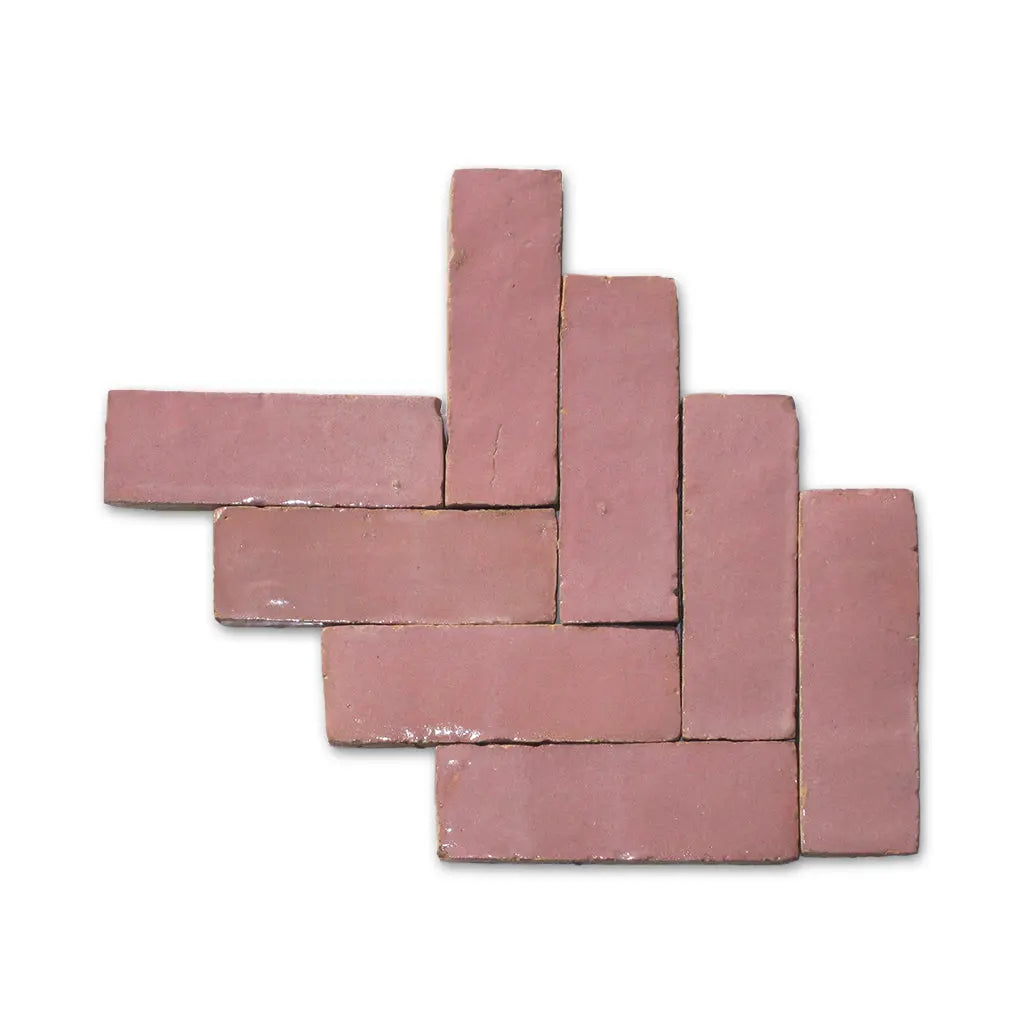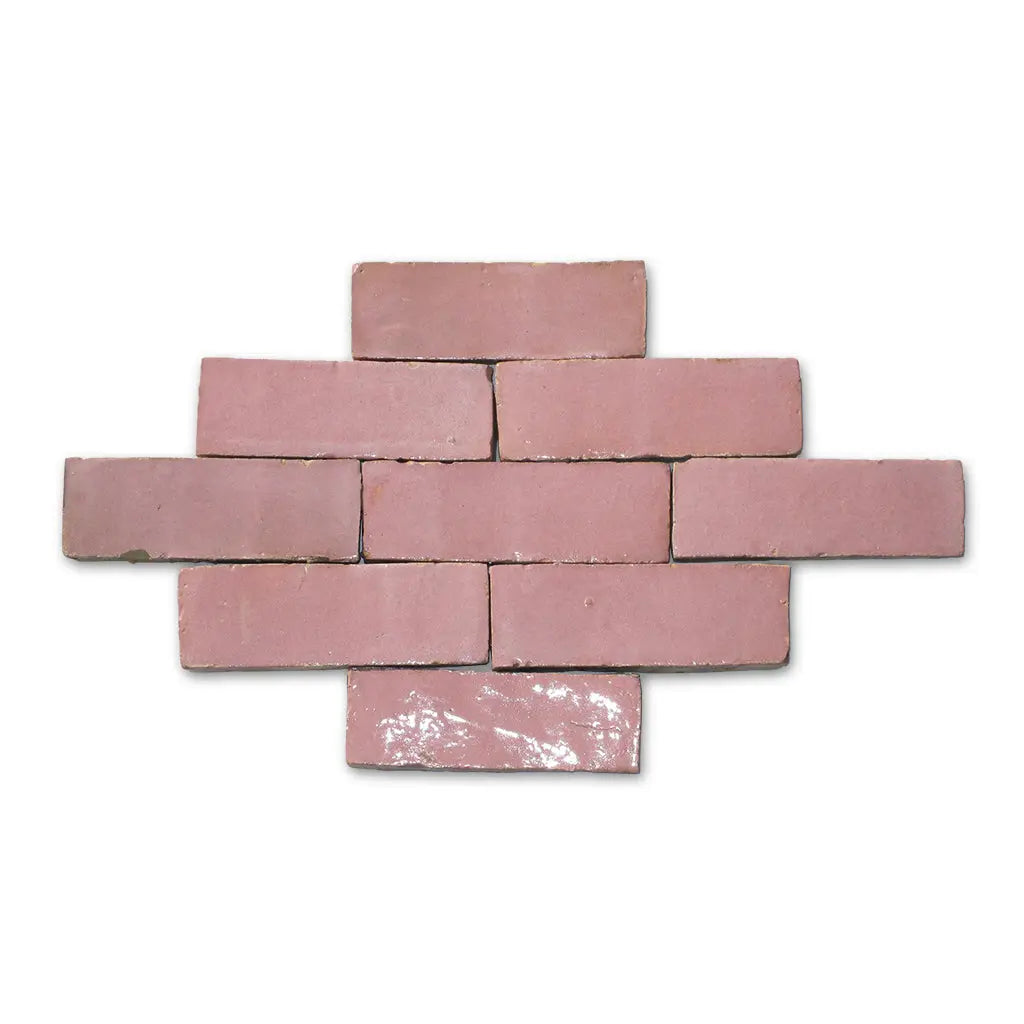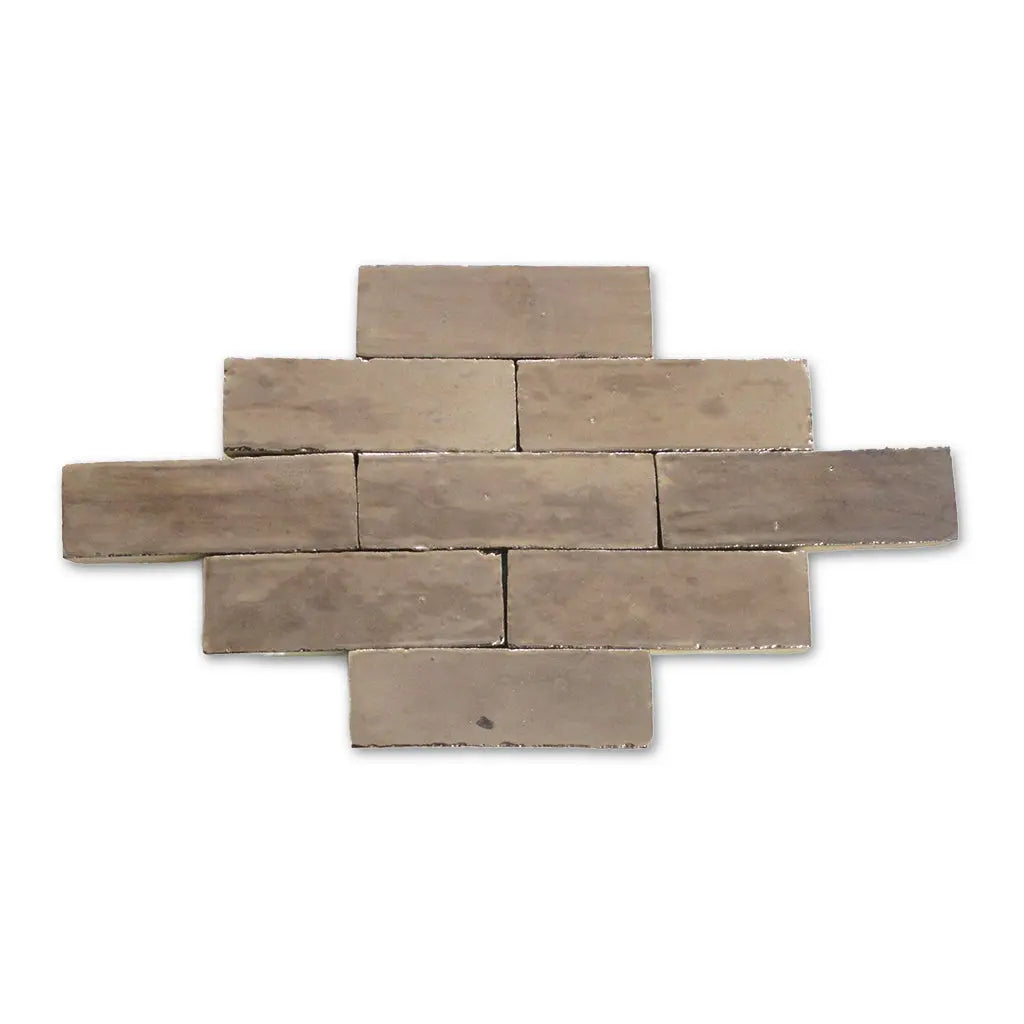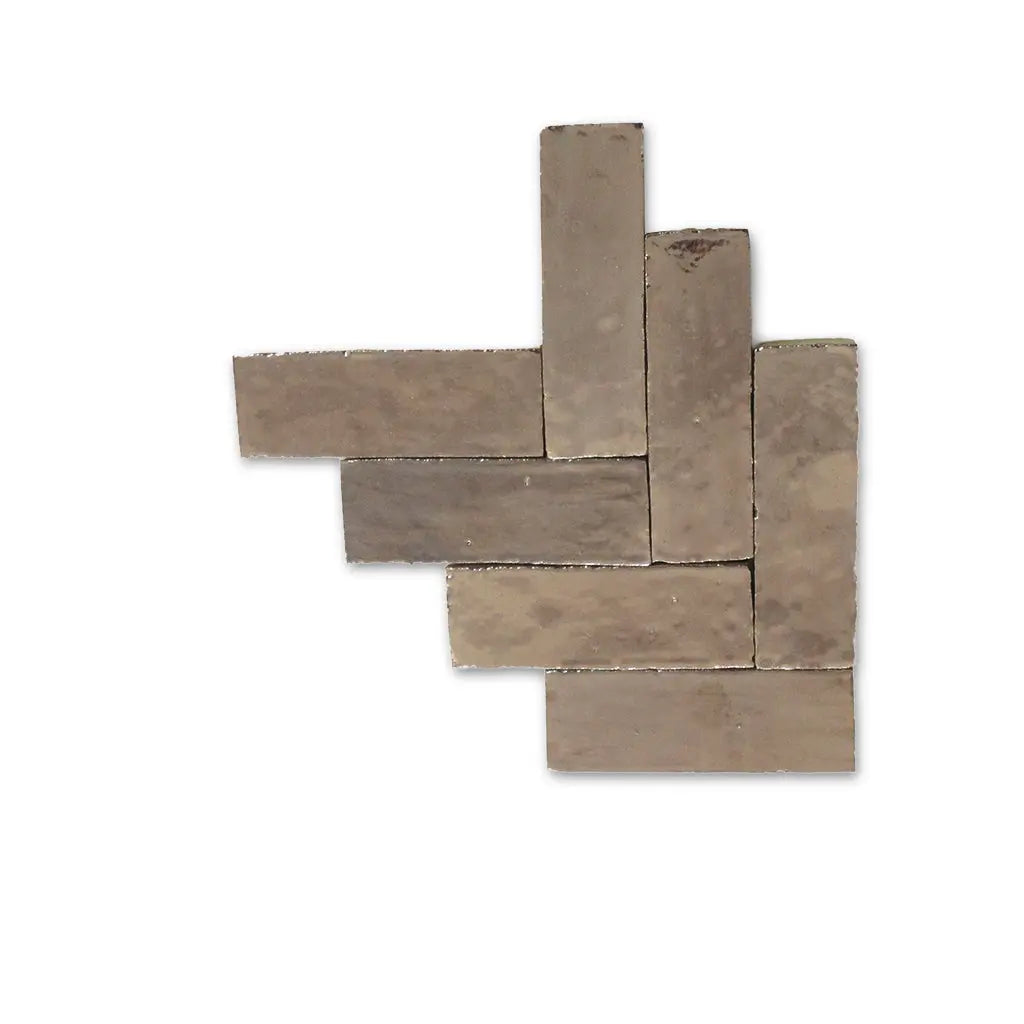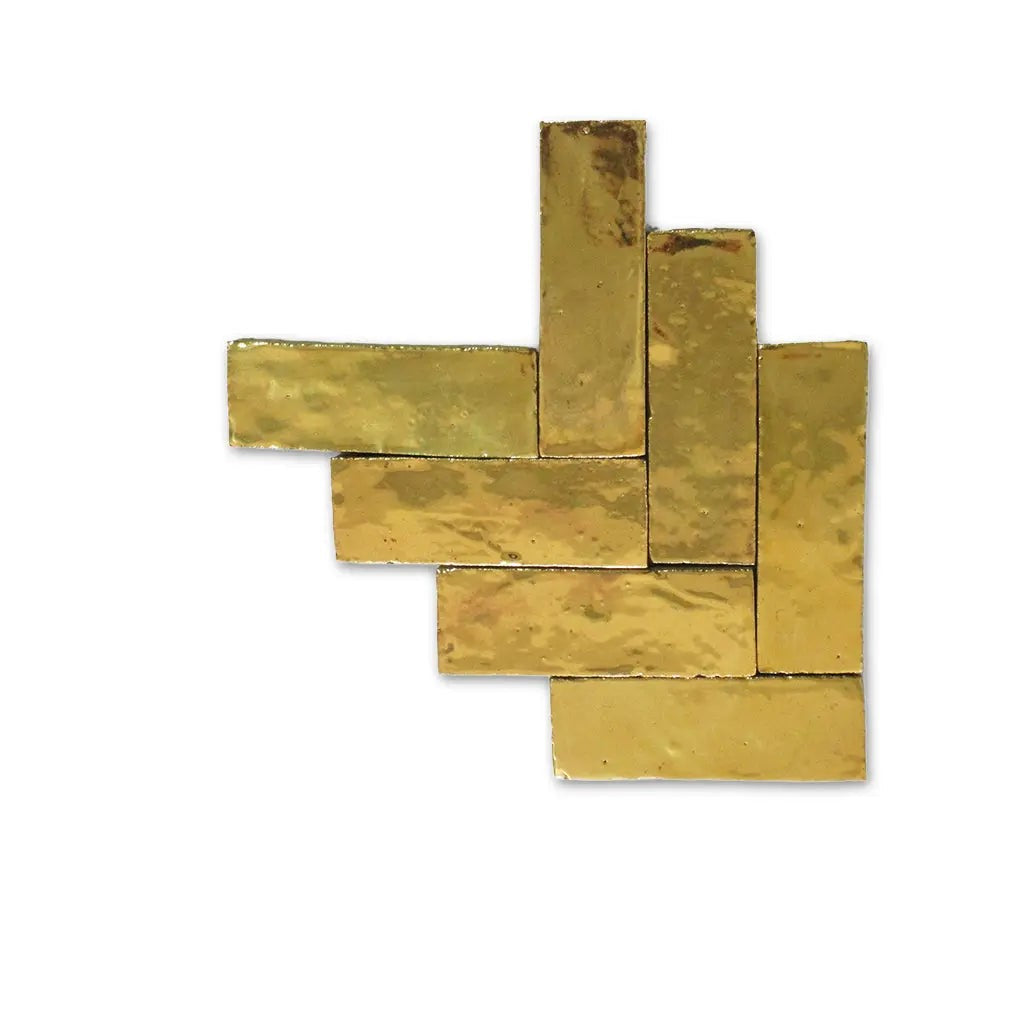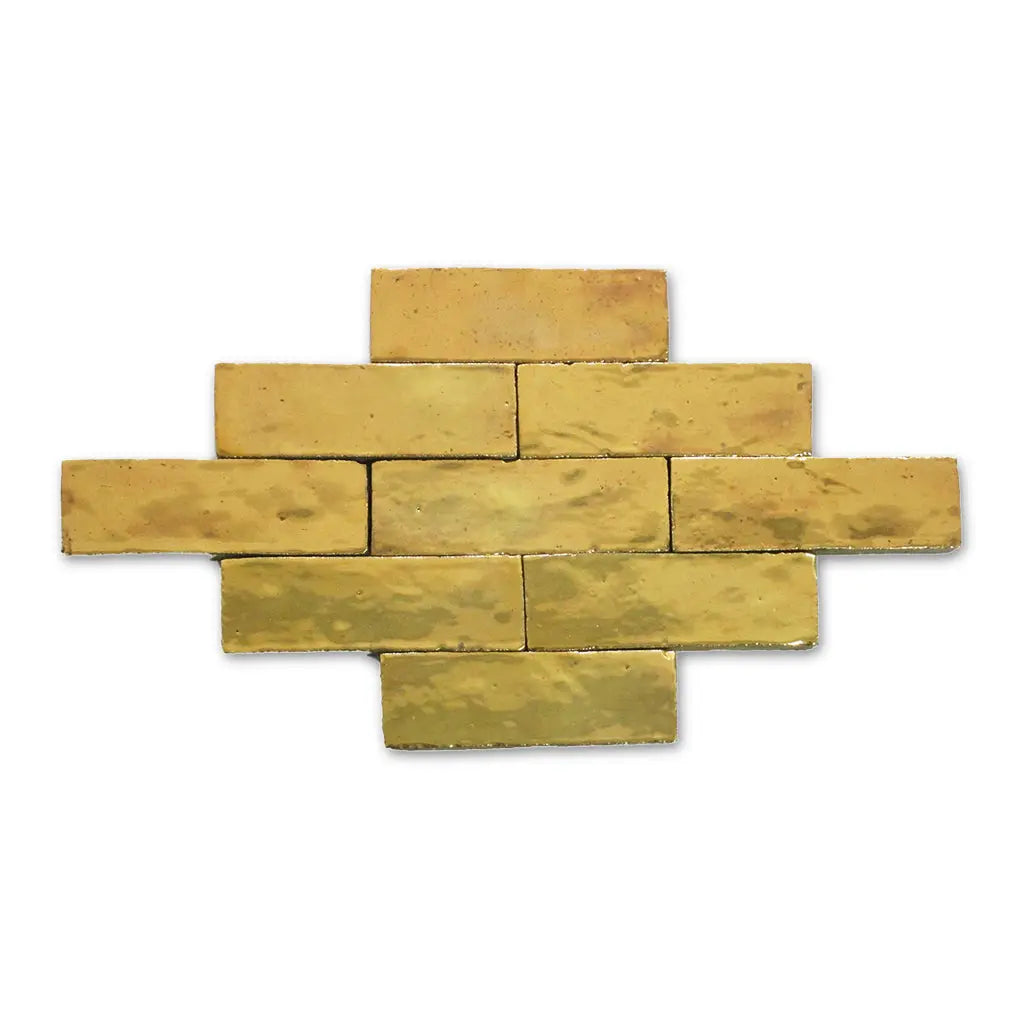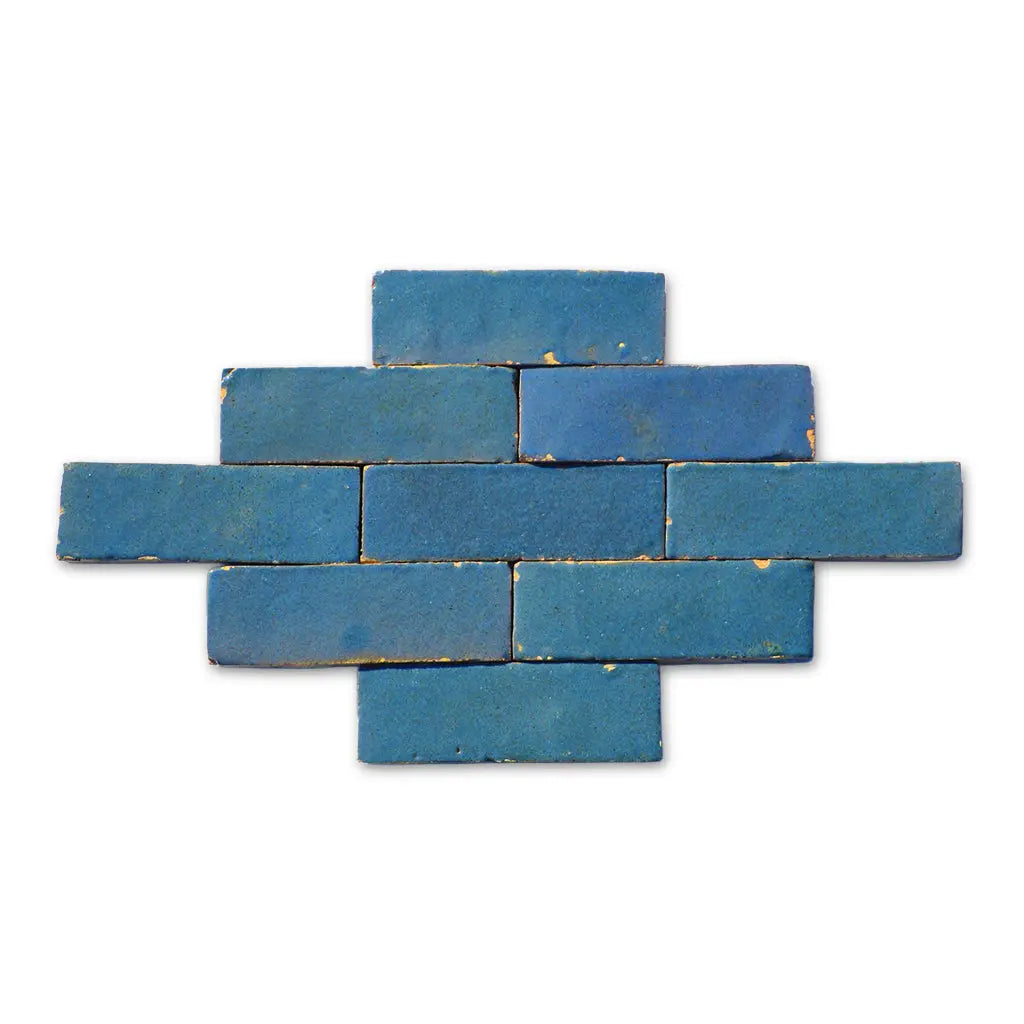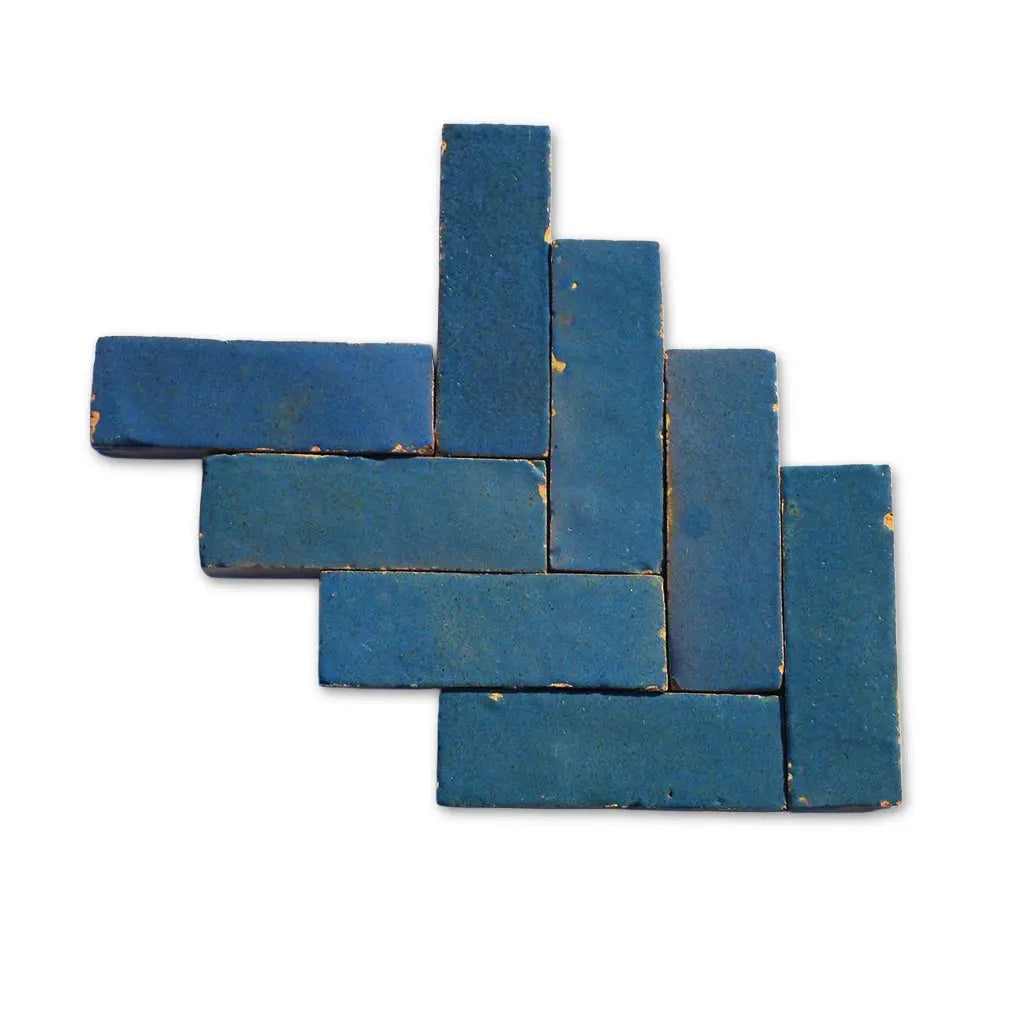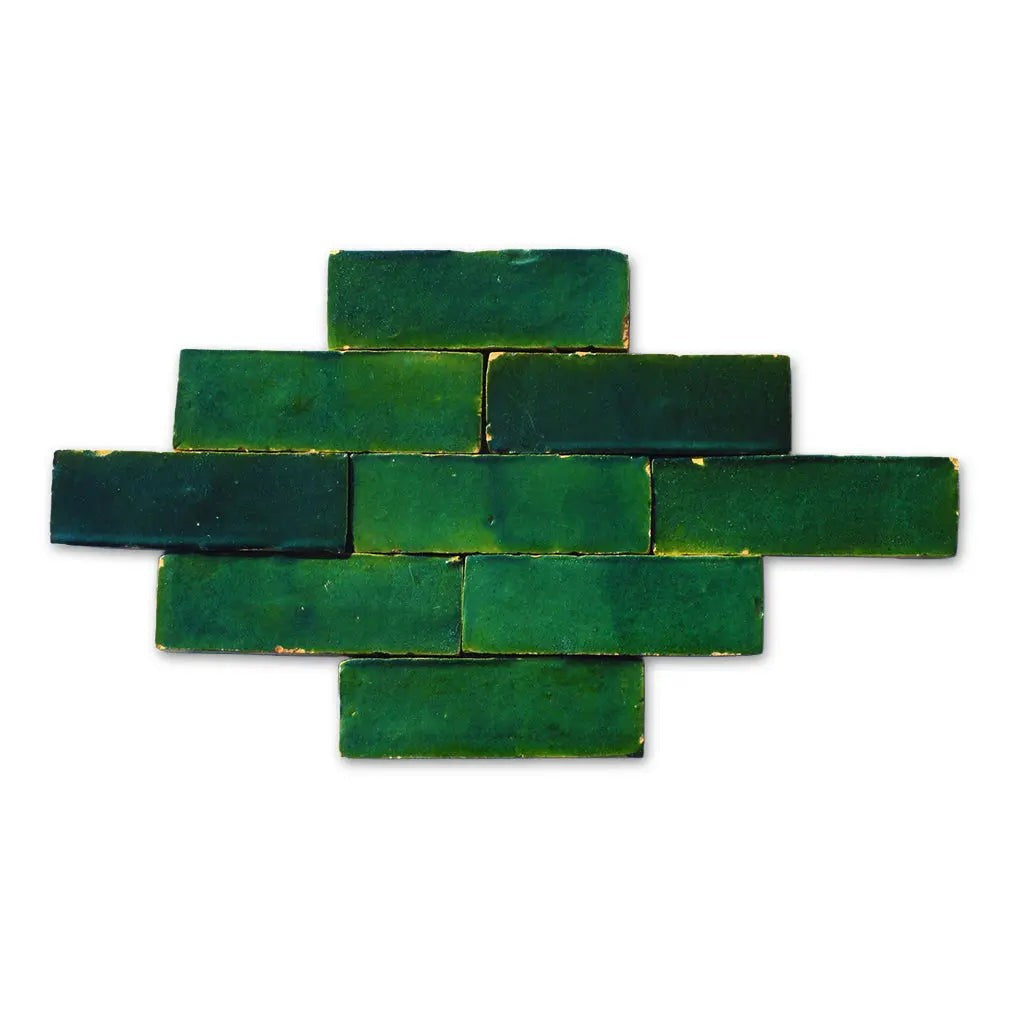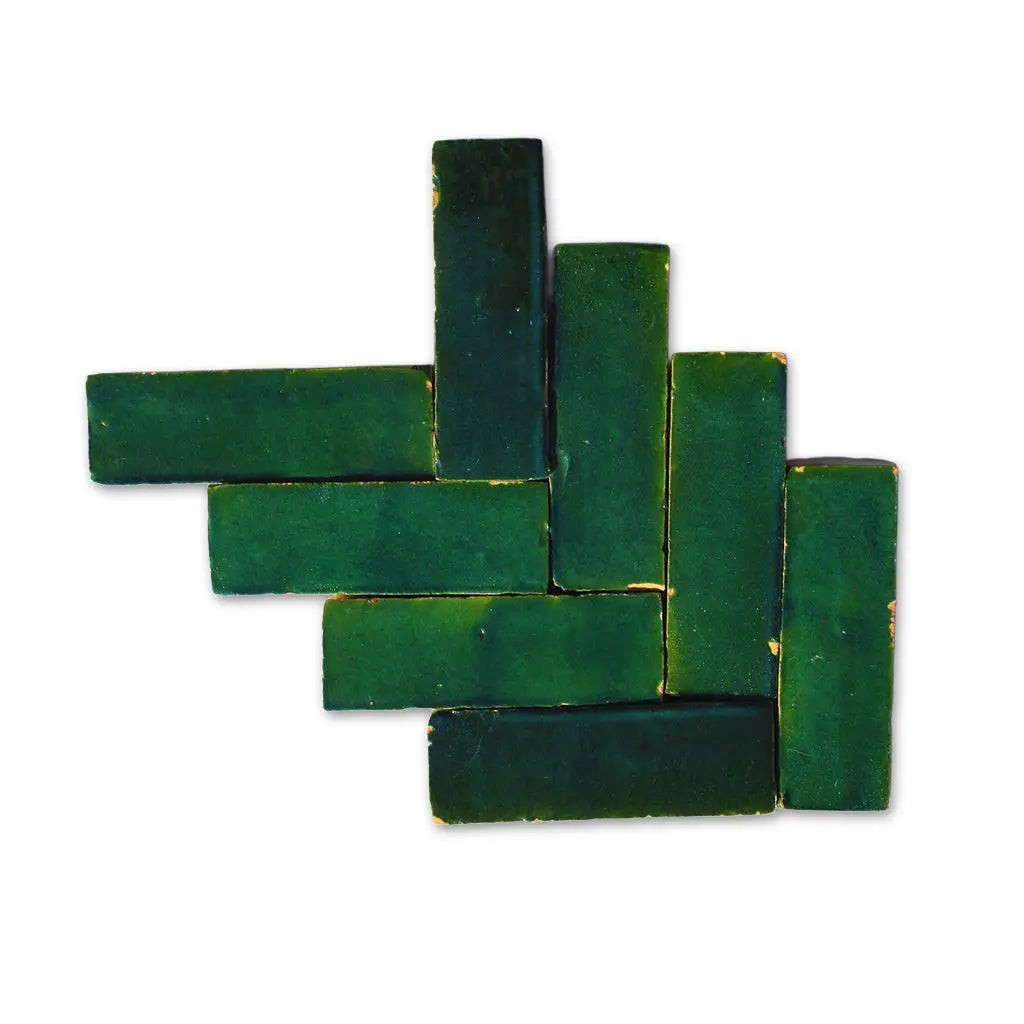How Tiles Are Made
At Zelligerar, we believe the story of Moroccan zellige begins with understanding how tiles are made. Every tile is shaped by hand in Tetouan, Morocco, using traditional methods passed down through generations of artisans. From raw clay to finished glaze, the process highlights patience, skill, and authenticity.
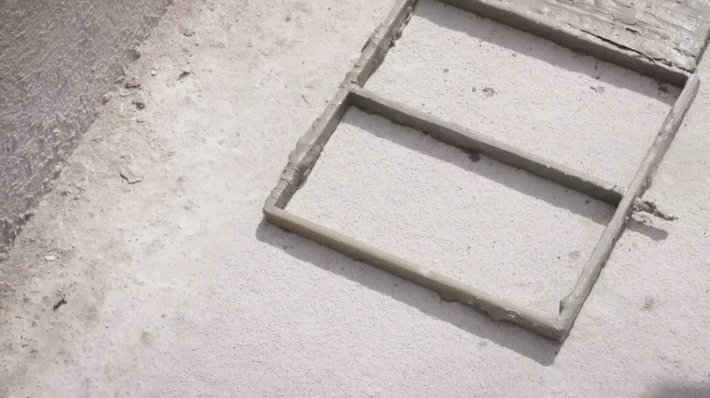
The First Step of Zellige
Zellige begins with raw clay from the Fez region, softened in water and kneaded by hand until it’s ready to shape. Each tile starts as a simple mixture of earth and patience.
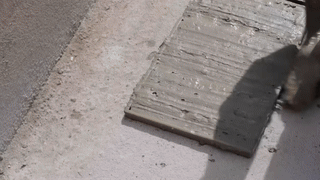
Preparing the Clay Tiles
Once molded, the tiles are laid under the Moroccan sun to dry. This slow process strengthens the clay and prevents cracks when fired.
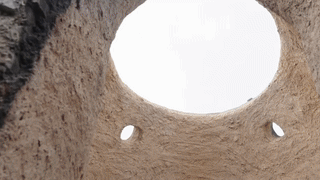
The Kiln Stage
The dried tiles, known as biscuit tiles, are fired in traditional olive-pit kilns. This step hardens the clay while keeping its natural porous texture.
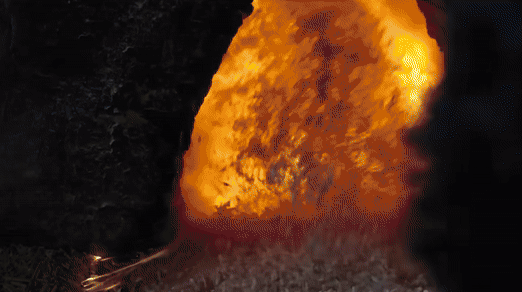
Glazing Zellige Tiles
When installed, zellige comes alive. Light reflects differently on each surface, creating a shimmering effect where no two tiles are ever the same.
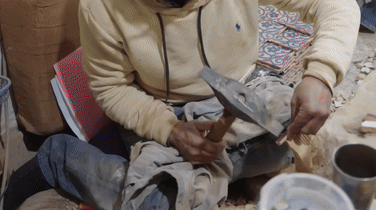
Shaping the Zellige
Using a special hammer called a menkach, master artisans cut the tiles into precise forms, squares, stars, and borders. Each cut carries the mark of the hand.
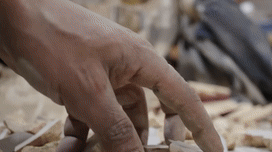
Creating the Mosaic
The hand-cut tiles are placed face-down in plaster, forming mosaics, borders, or panels. Like a puzzle, every piece finds its place in a timeless Moroccan design.
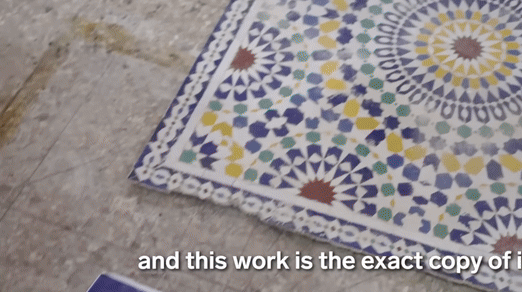
The Final Zellige Glow
When installed, zellige comes alive. Light reflects differently on each surface, creating a shimmering effect where no two tiles are ever the same.

